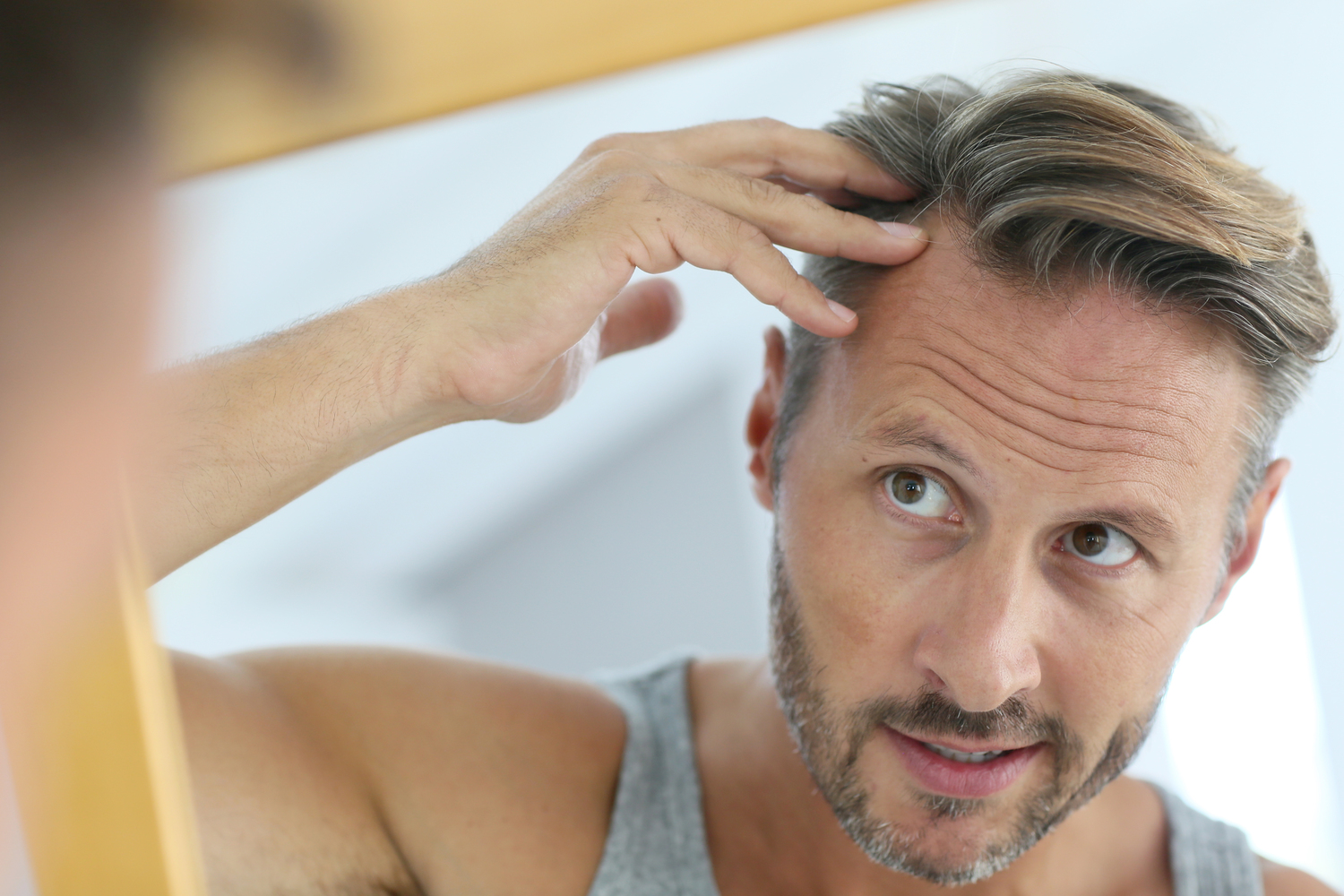Treatment Options for Hair Loss
Alopecia or baldness refers to hair loss from a part of the head. The severity of hair loss depends upon the cause of hair loss. Some common causes of hair loss include imbalanced diet, psychological stress, underlying health condition, and side effects from medications that are consumed to treat a different ailment. Following are some of the treatment options for hair loss-
Natural remedies
- You can use natural oils such as sunflower, canola, or olive oil that can be used as hot oil treatment for moisturization and hair growth stimulation.

If the above mention remedies do not prove to be helpful, then there are medications and surgical procedures to treat hair loss that are mentioned below-
- FDA (Food and Drug Administration) approved topical medications can be used to treat patterned baldness, which is a type of hair loss resulting from hereditary causes. Medications that contain minoxidil can be applied topically by rubbing it on to the scalp. Pills containing medications such as finasteride can also be used to treat this type of baldness. Like all prescription products, these medications should be taken under a doctor’s guidance.
- PRP (Platelet-Rich Plasma) procedure can also be used to treat hair loss. Platelets and plasma are separated from the patient’s blood in a centrifuge. This plasma is then injected on the scalp into the areas where there is maximum hair loss. The treatment can continue for up to two years depending on the severity of hair loss. This procedure repairs the blood vessels and stimulates collagen promotion, promoting cell growth.
- Hair grafting is a surgical procedure in which a dermatological surgeon removes a portion of scalp and cuts it into small segments. The small segments have varying amounts of hair, which are then transplanted into the balding area. The procedure produces a very subtle, thickening, and natural look.
- Another procedure called scalp reduction involves removal of non-hair bearing skin from the scalp. This allows the remaining hair-bearing skin to be stretched and fill the bald area of the head. Although, this procedure is not effective for the frontal hairline, it is mostly performed to cover bald areas of the top and back of the head.